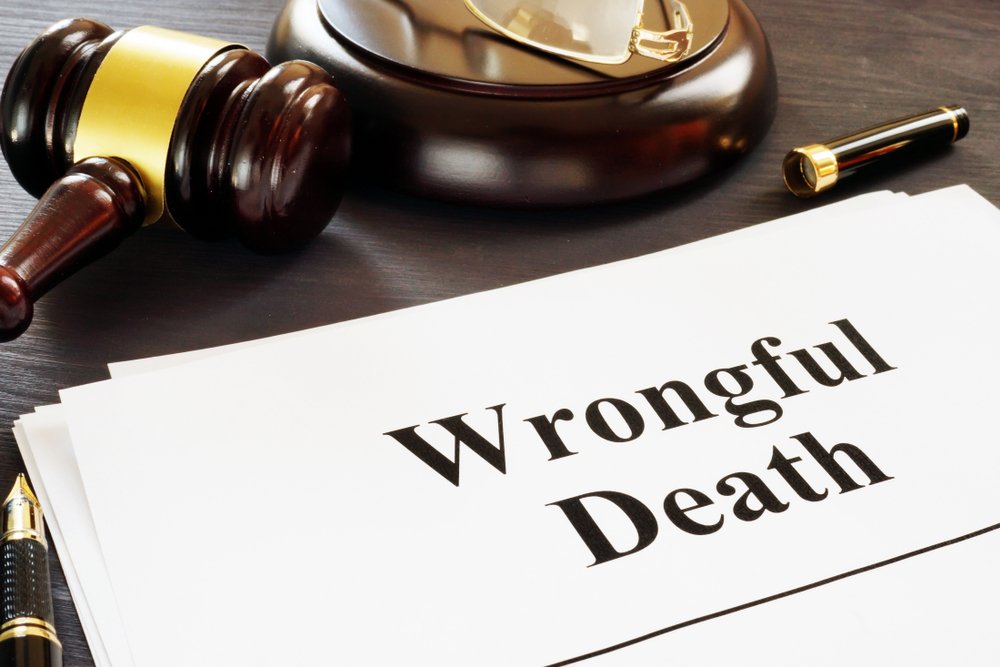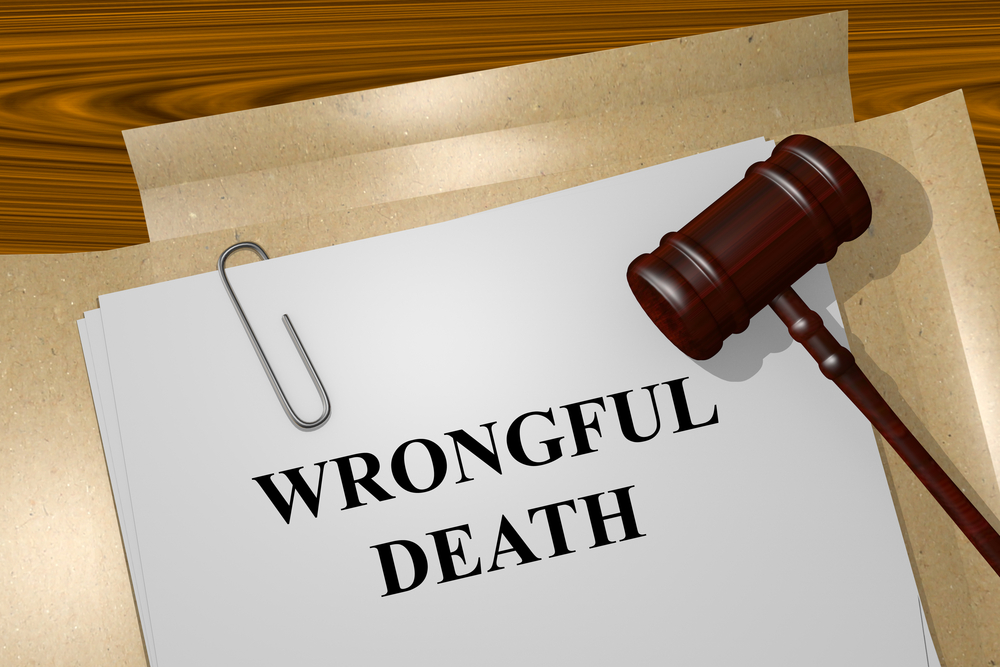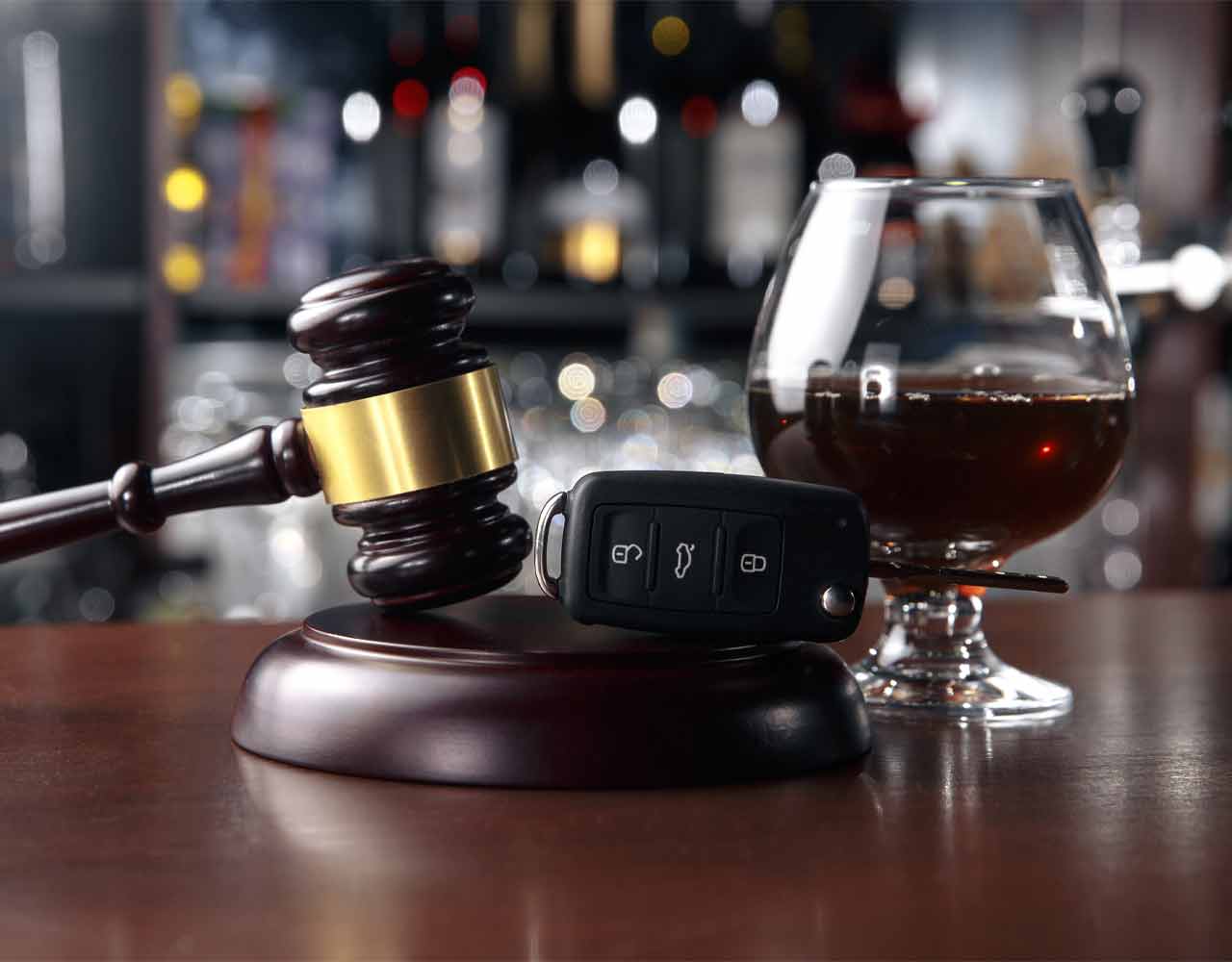Experiential delve into How to legally protect your ideas
December 23, 2021Picking Protection Method Depend On Idea Type
There are varieties of ways to safeguard your unique ideas. The method you pick is based on the type of idea you have. You are eager to release your blockbuster concept. You are certain it will pay for your retirement in a big way and your favorite character is going to get a share. What can you do to ensure that no one steals your coveted rewards? Everything depends on your concept that is also known as “Intellectual property,” (IP). IP covers almost every kind of original idea, such as a novel an image, a song or a brand new method for creating films. Beard St. Clair has been able to establish itself as one of the most prominent legal Idaho patent attorney. Legal protection can be classified into three broad categories: trademarks, copyrights and patents.
- Copyrights protect tangible musical, artistic and literary works including paintings, songs photographs, books, etc.
- Trademarks refer to words or names, as well as symbols that are used to distinguish and identify products or services offered by one manufacturer from those of another.
- Patents guarantee the rights of inventors to their inventions and inventions can be a variety of chemicals to machines or even plant species.
Certain ideas may require the combination of protections and trademarks, copyrights, and patents by themselves do not guarantee protection for your intellectual property internationally. If you do register within the United States, certain treaties and agreements will help make your protection overseas much simpler. If you have an original concept for the premise of screenplay, you’ve written down a synopsis of, congrats! Your work is copyrighted.
Copyright Security Applies When An Original Work Is Transformed In Tangible Form
What exactly does that mean? A tangible form could be something as simple as recording dance moves using the DV recorder, to writing music notes on paper. After the work is complete, you have the exclusive right to create and reproduce your work. If you are in the any U.S state, there is no need to register your invention. However, there are advantages to signing up through the U.S. Copyright Office. Registration lets you establish an official document of the copyright you have that can be used to support future claims of infringement.
The registration process varies in accordance with the kind of material you have created and requires an original copy of the work along with an amount for processing. The term of a copyright is contingent to the date when the work was written and registered, however generally it lasts for the writer’s lifetime, which is usually 70 years.

A propos Trademarks
As with copyrights, you’re not obliged to sign up your trademark to protect it. The use of the mark grants you rights in it. However, the registration of the mark at the U.S. Patent and Trademark Office has many advantages. After registration that is completed, the public is put aware that you own the trademark. The law says it’s yours, and you acquire the sole rights to utilize the mark on items or services listed in the application. This means that other people cannot make use of a similar mark that is confusing.
The process of the registration of a trademark can be more complex than the registration of a copyright; therefore it’s advisable to ensure the application is prepared professionally. The approval of a trademark (which is renewable for a 10 year duration of validity) could be months or even years.
Protection through Patent
In accordance with the law that any individual is a patent holder if he “invents or discovers any new and useful process, machine, manufacture, or composition of matter, or any new and useful improvement thereof, may obtain a patent” from the U.S. Patent and Trademark Office. To safeguard your invention To protect your invention, you need to apply for an invention patent. In contrast to copyrights, there’s no way to get an automatic patent. Patents can be expensive and slow and can take up to two years, and costing around the six figures.
















